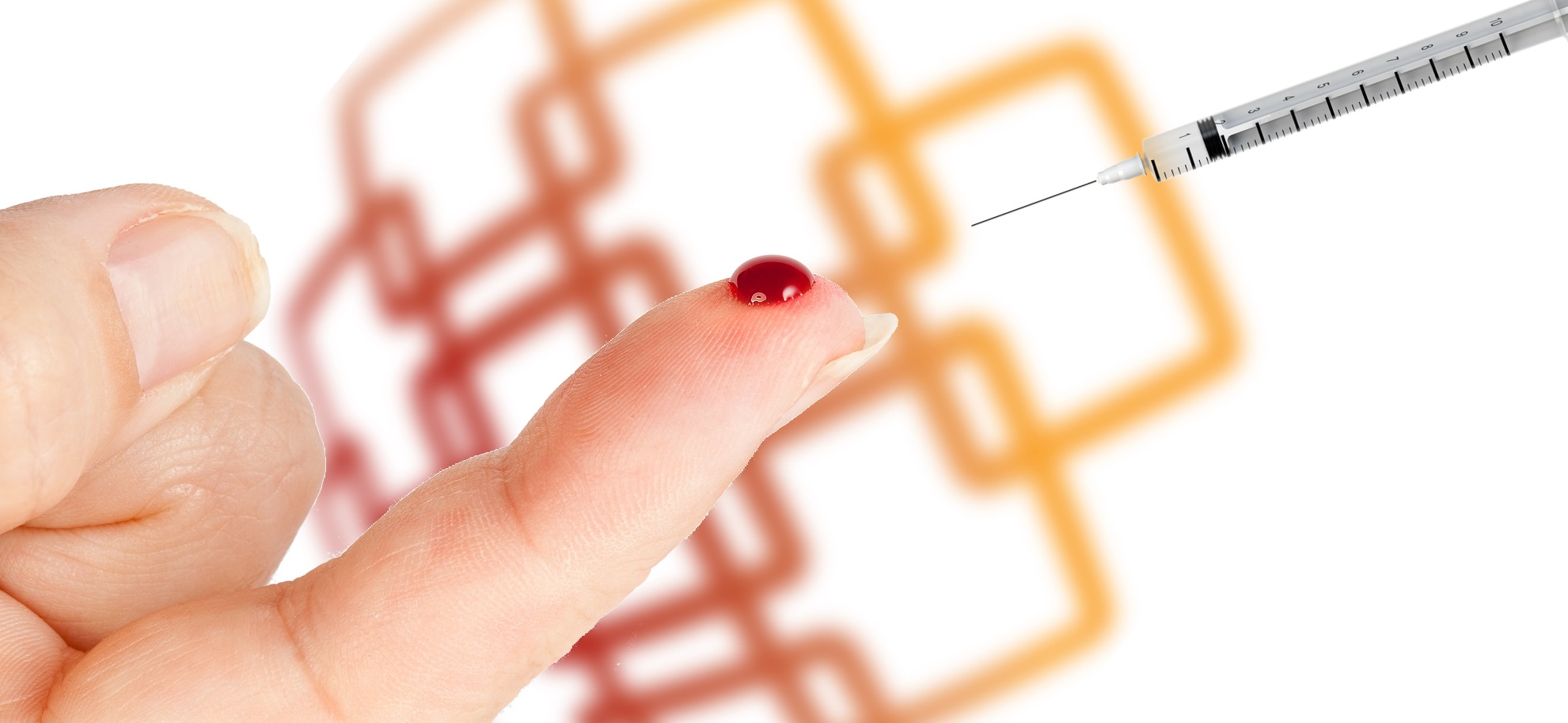
I just had an exposure to blood and/or body fluid from a splash or sharps injury... now what?
If you scratched or punctured your skin with a used needle or instrument, or have come into contact with blood and/or body fluids to your non-intact skin or mucous membrane, immediately:
- Wash the area thoroughly with soap and water.
- Allow the wound to bleed freely. Do not force bleeding. Do not apply bleach or soak wound in bleach or other disinfectant.
- Notify your Manager/Supervisor/Person in Charge and refer to your health authority specific policies.
- Go to the nearest Emergency Department as soon as possible (within 2 hours).
- Call the Provincial Workplace Health Contact Centre at 1-866-922-9464
![Call: 1-866-922-9464]() and select Option 1 to speak to a Communicable Disease Exposure Management Nurse.
and select Option 1 to speak to a Communicable Disease Exposure Management Nurse.
What are the risks of a blood or body fluid exposure?
When employees are exposed to blood or body fluids, there is a risk of transmission of blood borne pathogens (HIV, Hepatitis B and Hepatitis C). For transmission to occur, an exposure must include both:
- Infectious Body Fluid
- A Portal of Entry (mucous membrane, punctured or non-intact skin)
Please note that feces, nasal secretions, sputum, sweat, tears, urine and vomit do not transmit HIV, HBV, or HCV unless there is visible blood. If unsure, call the Provincial Workplace Health Contact Centre and speak to a Communicable Disease Exposure Management Nurse.
For more information, please see the BCCDC—Table 1. Fluids capable of transmitting bloodborne pathogens.
